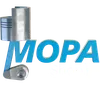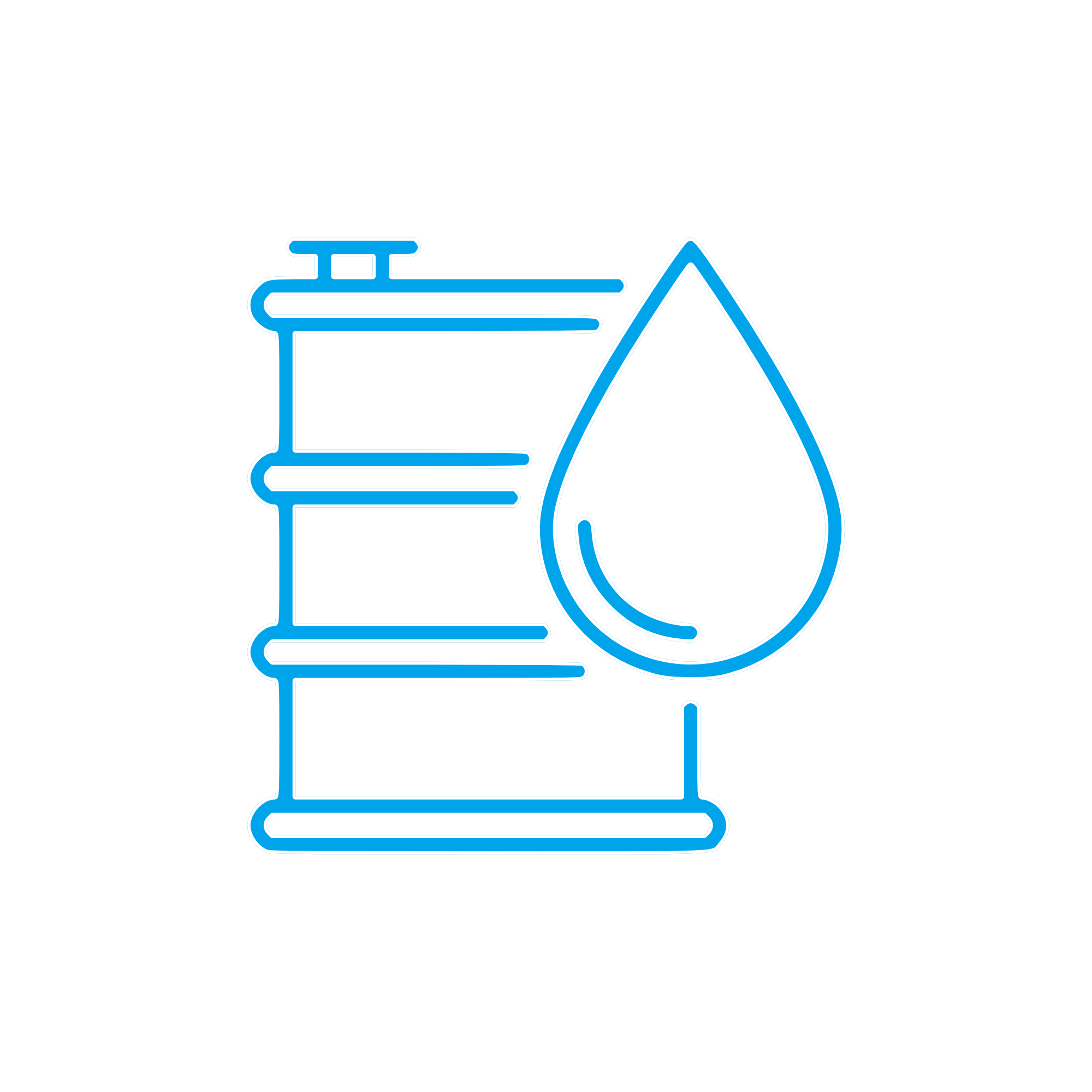REACTION ADHESIVE in Liquids, Chemicals and Adhesives for Engine Reliability
Liquids, chemicals and adhesives are mission-critical consumables and assembly aids in every propulsion system, from compact gensets to large-bore marine engine installations. This article category covers substances that seal, bond, lubricate, cool, clean and protect key interfaces throughout the powertrain. Within this portfolio, REACTION ADHESIVE technology plays a central role by creating durable, chemically resistant bonds and seals that withstand vibration, thermal cycling, and media exposure typical of diesel and gas engines.
Whether you are maintaining a workboat fleet or operating high-output generator packages, the correct combination of cleaners, anticorrosion fluids, coolants, lubricants, sealants and REACTION ADHESIVE formulations underpins performance, efficiency and safety. These materials secure fasteners, prevent leaks, manage heat transfer and keep tolerances stable, enabling consistent operation under demanding duty cycles.
Technical function of Liquids, Chemicals and Adhesives with REACTION ADHESIVE in marine engine and diesel engine applications
In practical engine assembly and service, liquids, chemicals and adhesives fulfill defined technical functions at interfaces that mechanical components alone cannot address. REACTION ADHESIVE systems—such as two-component epoxies, anaerobic acrylics, methyl methacrylates, polyurethanes and RTV silicones—cure through a chemical reaction to form structural bonds and elastomeric seals. Used correctly, a REACTION ADHESIVE for marine engine builds or diesel engine overhauls provides controlled gap filling, high shear strength, and resistance to oil, fuel, coolant and salt-mist environments.
Typical examples include anaerobic threadlockers that polymerize in the absence of oxygen between metallic threads to prevent loosening under vibration; flange sealants that create micro-seals on rough cast surfaces to maintain oil and coolant pressure; epoxies that bond sensor brackets or timing covers without adding mass; and flexible silicone gaskets that accommodate thermal expansion across dissimilar materials. Complementary chemicals—cleaners, activators and primers—prepare substrates, accelerating cure and optimizing adhesion on passive metals or coated surfaces.
Beyond bonding, this category includes coolants engineered for heat transfer and cavitation control, lubricants protecting tribological pairs against wear, rust inhibitors guarding storage engines, and specialty pastes for assembly. Each product is formulated for compatibility with common engine alloys (cast iron, steel, aluminum), elastomers (NBR, FKM, HNBR) and coatings, limiting the risk of swelling, embrittlement or galvanic effects. When specified within OEM parts programs, a REACTION ADHESIVE is matched to joint geometry, surface energy, operating temperature, and target strength profile to deliver predictable results.
- · High chemical resistance to oil, diesel, coolant and salt spray.
- · Controlled cure profiles for fast handling and full strength development.
- · Vibration-proof locking of threads and press-fits.
- · Leak-free sealing of flanges, housings and covers.
- · Thermal stability across typical engine temperature ranges.
- · Compatibility with common engine metals and elastomers.
- · Precise viscosity and gap-filling for complex geometries.
- · Cleaners and primers that ensure reliable surface preparation.
Why Liquids, Chemicals and REACTION ADHESIVE matter for engine reliability and service life
Engine uptime depends on stable mechanical joints and controlled fluid circuits. If a REACTION ADHESIVE is misapplied or an unsuitable chemical is used, problems escalate quickly: micro-leaks lead to oil starvation or coolant loss; air ingress disturbs fuel injection; loosened fasteners cause misalignment and noise; and contaminated mating surfaces generate hot spots and premature wear. Chemical incompatibility can swell seals, reduce gasket compression, or stress-crack plastics, all of which shorten service intervals and raise the risk of unplanned downtime.
Conversely, correctly specified and applied liquids, chemicals and adhesives maintain design clearances, preserve pressure boundaries, and mitigate the cyclic loads that fatigue components. This translates into stable emissions performance, lower lifecycle costs, and improved safety by minimizing the chance of fluid releases in engine rooms or machinery spaces.
Advantages of OEM spare parts suitable for Liquids, Chemicals and Adhesives
Using OEM spare parts suitable for this category ensures formulations and ancillary items align with engine-maker specifications. A REACTION ADHESIVE qualified within OEM parts documentation is validated for cure speed on passive substrates, strength retention at temperature, and media resistance over thousands of operating hours. This level of control helps purchasing teams and superintendents standardize across fleets and avoid site-specific trial-and-error.
Key benefits include batch consistency, technical data transparency, and traceability—crucial when audits or root-cause analyses are required. Packaging, mixing nozzles and dispensers are matched to the chemistry, reducing waste and rework. Importantly, OEM-compatible cleaners, primers, lubricants and sealants are tested as a system, lowering the risk of cross-reactions or performance drift.
How OEM-focused selection optimizes performance and budget
Aligning to OEM parts requirements for liquids, chemicals and adhesives streamlines maintenance planning and lowers total cost of ownership. Predictable cure times shorten dockside or yard schedules; correct viscosity and gap-fill minimize product consumption; and proven chemical compatibility protects costly components like elastomeric seals, bearings and coated housings.
MOPA: your partner for OEM spare parts Liquids, Chemicals and Adhesives
MOPA supports purchasers, shipowners and technical decision-makers with fast, secure sourcing of OEM spare parts suitable for liquids, chemicals and adhesives across diesel and gas engines. From REACTION ADHESIVE selections for marine engine overhauls to approved coolants, threadlockers and degreasers, MOPA focuses on speed, quality and transactional security. The team assists with technical cross-references, provides product data sheets and safety documentation, and coordinates compliant shipping for hazardous goods under IMDG/IATA rules with UN-rated packaging where required.
With access to a broad network and deep category expertise, MOPA helps you consolidate procurement, maintain specification integrity, and keep maintenance timelines on track—whether for single-vessel turnarounds or fleet-wide programs.
Conclusion: REACTION ADHESIVE and the role of Liquids, Chemicals and Adhesives
Liquids, chemicals and adhesives—especially REACTION ADHESIVE systems tailored to diesel and marine engine conditions—are fundamental to sealing, bonding, and long-term reliability. Selecting OEM spare parts suitable for this category delivers consistent performance, supports safety objectives, and optimizes lifecycle costs across your engine assets.
MOPA provides the speed, quality and security needed to source the right products, helping your engines run efficiently and reliably in every operating profile.

